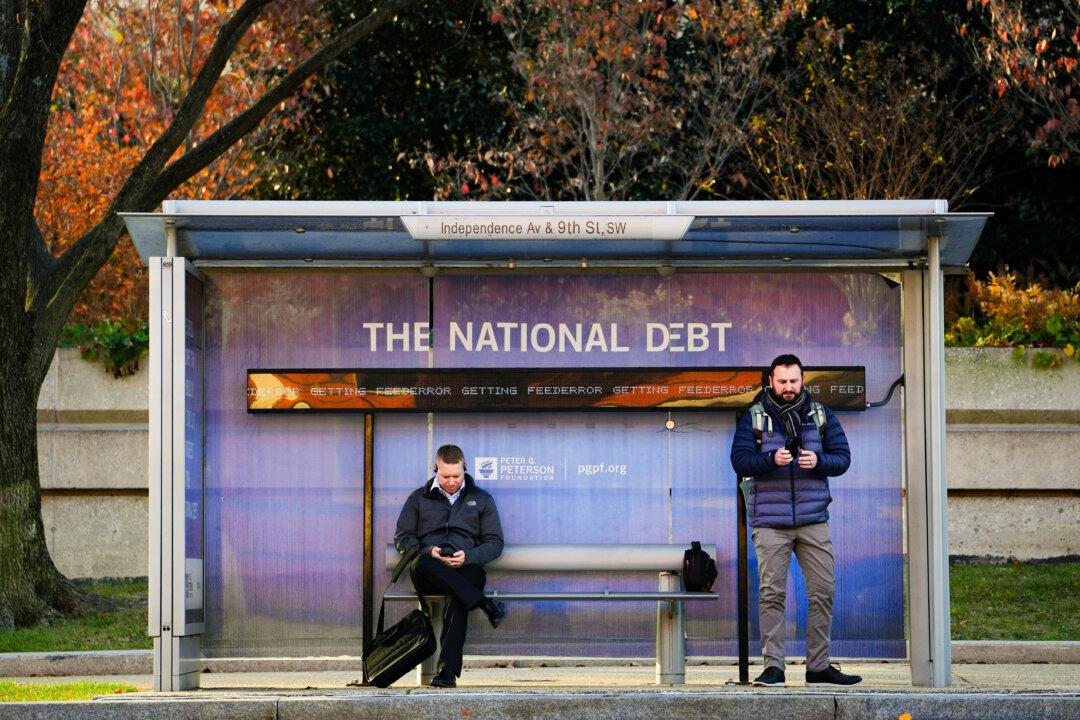The U.S. budget deficit is 16 percent higher than a year ago as the federal shortfall reached $532 billion in the first four months of the fiscal year, according to new U.S. Treasury data.
Last month, the federal shortfall was $22 billion, down by 43 percent year over year when the monthly deficit was $39 billion. Outlays rose by 3 percent, while tax receipts climbed by 7 percent.





